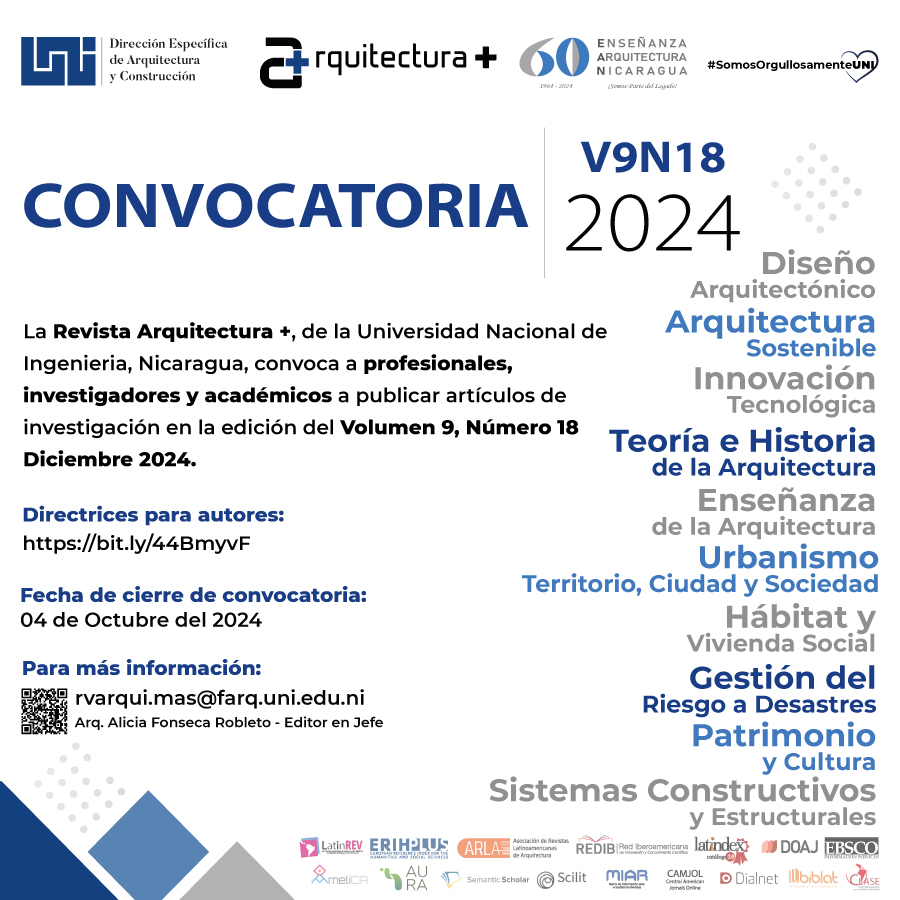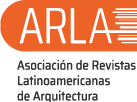The new urban cohabitation model: self-segregated housing enclaves in Managua
DOI:
https://doi.org/10.5377/arquitectura.v5i10.10558Keywords:
Urban segregation, ManaguaAbstract
Urban research in Latin America has identified the existence of new models of urban space in cities of the region. This model represents changes in the spatial segregation pattern, that in housing terms (socially and urbanistic) imply that, although different groups are in closer physical proximity they are separated by walls or security technologies.
In Managua the urban growth model has followed a low-density dispersion logic that expands to suburban areas. The current pattern shows and urban growth alongside radial highways that become important axes for investment on housing development projects that have a very marked characteristic: houses for the “upper class” (Rodgers, 2006). Spatial segregation phenomenon takes force since 1990, and today a series of housing projects distinguished by their segregated character accentuate an urbanization process that in Managua has been “disordered, discontinuous and unequal” (López, 2016, p. 28).
Safety, control and management are the most important aspects through which these housing spaces are perceived as different in relation to the experience in the “open city” y therefore have become – as much in their physical and spatial expression as in their social dimension – an object of a differential evaluation of the urban and housing experience.





















